10M1 Science
Section outline
-
Kia Ora!
If you have any questions or concerns, please e-mail me at chunter@mhjc.school.nz.
Looking forward to a great year!
Ms Hunter
Google Classroom Code: 73unz5r
Education Perfect Classroom Code: 38BUCJ
-
Kia ora!
Learning Outcomes
Determine how energy is converted during physical activity (eg. rock climbing).
Success Criteria
1. Identify and compare different types of energy (heat, light, sound, chemical, potential, gravitational)
2. Investigate the energy content of food
Activities
1. Introduction to energy -- snake and candle and burning nut practical
2. Energy in food -- design an investigation to test energy in food

EXPLORE / TŪHURA learning intentions:
- We are EXPLORING... forces and energy by collecting and calculating data in outdoor activities
-
Kia ora!
Learning Outcomes
Determine how energy is converted during physical activity (eg. rock climbing).
Success Criteria
1. Investigate the energy content of food
Activities
Set up a proper lab report together.
Carry out the investigation on energy in food.
EXPLORE / TŪHURA learning intentions:
- We are EXPLORING... forces and energy by collecting and calculating data in outdoor activities
-
Kia ora!
Learning Outcomes
Determine how energy is converted during physical activity (eg. rock climbing).
Success Criteria
1. Calculate kinetic energy and gravitational potential energy. Reminder that the unit for energy is Joules (J).
Kinetic Energy = 0.5 * mass * velocity2
Gravitational Potential Energy = mass * gravity * height
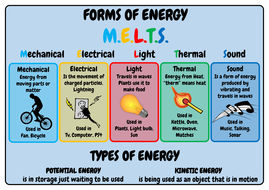
Activities
1. In class note taking on energy calculations
2. Practice calculating energy -- practice problems are posted (refer to Google Classroom)
**Note: No lesson on Thursday due to closing early for the Paid Union Meeting.
EXPLORE / TŪHURA learning intentions:
- We are EXPLORING... forces and energy by collecting and calculating data in outdoor activities
-
EDUCATION PERFECT WORK HAS BEEN ASSIGNED WHILE I AM AT CAMP.
See the top of the course page for the Class Access Code.
EXPLORE / TŪHURA learning intentions:
- We are EXPLORING... forces and energy by collecting and calculating data in outdoor activities
-
EXPLORE / TŪHURA learning intentions:
- We are EXPLORING... forces and energy by collecting and calculating data in outdoor activities
-
Success Criteria:
1) Analyse collected experimental data to write a NCEA discussion statement.
2) Explain the conservation of energy
Activities:
1) Work through an exemplar discussion and write practice discussions
2) Literacy activities -- conservation of energy writing activities and SciPad reading on energy transformation in cars
3) NCEA Practice lab -- Wind up Racers (video below) and template on Google Classroom
FOCUS / ARONGA learning intentions:
- We are FOCUSING...transforming our lab reports from a basic report to an NCEA lab report
- We are FOCUSING...on describing and discussing collected scientific data
-
Success Criteria:
1) Carry out a physics practical investigation, in groups -- planning, collecting and analyzing data
Activities:
1) NCEA Practice lab -- Wind up Racers (video below) and template on Google Classroom ... upload by the end of Tuesday to Google Classroom
FOCUS / ARONGA learning intentions:
- We are FOCUSING...transforming our lab reports from a basic report to an NCEA lab report
- We are FOCUSING...on describing and discussing collected scientific data
-
Motion (movement) goes hand-in-hand with energy and forces, especially in relation to sports. We will shift our focus to motion to further understand the science behind sports.
Sir Isaac Newton is famous for his three laws of motion, which is where you will start.
Success Criteria:
1) Describe Newton's Three Laws of Motion
2) Explain examples of Newton's Three Laws
Activities:
1) Education Perfect activities -- first start by looking at the three laws and answering the questions.
2) BrainPop Video (if needed for further clarification) -- Video link (Login name: MHJC password: 1student)
3) Locate a short video clip that you think best demonstrates each of the Laws. Post it into the Padlet below (if it asks for a password to edit, it is 10M1science). Write ONE sentence as to why the video demonstrates that law.
What's up next week? We will be building something at home so save your toilet paper rolls.
EXPLORE / TŪHURA learning intentions:
- We are EXPLORING...human development by conceptualising the process of reproduction in the form of a story
- We are EXPLORING...how the menstrual cycle, pregnancy and cell division are connected to genetic variation
-
Success Criteria:
1) Describe Newton's Three Laws of Motion
2) Explain examples of Newton's Three Laws
Newton's First Law
- An object will remain at rest or in a constant motion, until a force acts upon it.
Think of a tug of war. The rope stays at rest and moves based on which side has pulled with more force.
For example, a football won't move unless it is kicked.
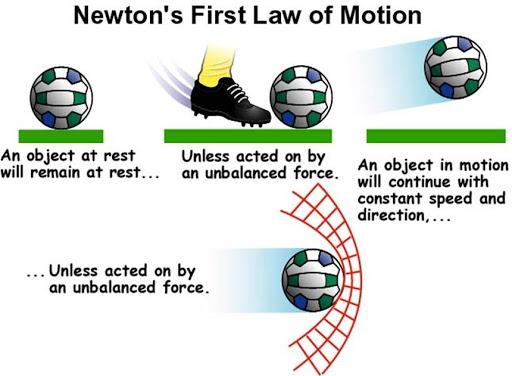
You look at calculating the NET FORCE by adding up the forces involved. The net force will indicate which direction the object will move. The direction of the force is drawn with arrows. In the example below, the player in blue kicks the ball to the right with 75 N of force and the player in yellow kicks it with 125N to the left. To calculate net force: 75N + (-125 N) = -50 N ... that means the ball will travel to the 50 N to the left. *Note: the 125 N was written as a negative to show it is in the opposite direction.
There are different types of forces to consider:
A force is a push, pull, or twist that can cause an object to speed up/down, change their direction or change their shape.
Types include: Magnetic, Air resistance, friction, upthrust, Gravity, electrostatic, etc. etc.
Activities
1) Review the Exploring Forces document so you are familiar with the different types of forces.
2) Calculate net forces activity sheet (practicing calculations)
Newton's Second Law
- The force acting on an object depends on its mass AND acceleration. (note: it is easier ie. less force required, to push a light object than a heavy one)

Activities:
1) Marshmallow blaster is assigned in Education Perfect. You can improvise if you do not have tape. Use elastic bands to keep the shape of the smaller inner tube. You can cover one end with tinfoil instead of tape. If you do not have a ruler, take a piece of string and use an online ruler to measure how long it is. Use the string the same way you would use a meter ruler.
You can use the provided template in Ed Perfect or write up your own, similar to what you do in science class. Please upload your work by early next week to Google Classroom.
How we can calculate difference forces (will look at in more detail next week):
Force of gravity = mass * gravity
Force = mass * acceleration
UNITS:
- Force is in Newtons
- mass is in kilograms (check for converting units from grams)
- Gravity is in Newtons per kilogram
- acceleration is m/s2 (meters per second squared)
FOCUS / ARONGA learning intentions:
- We are FOCUSING...transforming our lab reports from a basic report to an NCEA lab report
- We are FOCUSING...on describing and discussing collected scientific data
-
You can focus your attention on the first page of this document. See if you can work up to the second and third pages.
-
Try to bring the two together (identifying forces) and calculating the net force, using this document.
-
Success Criteria:
1) Describe Newton's Three Laws of Motion
2) Explain examples of Newton's Three Laws
Newton's Third Law
- For every force there is an equal and opposite force acting against it.
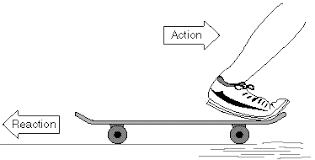
Check out the interactive rocket simulator (click this link to get to the image below). The rocket needs a force to move upwards and the opposing force is gravity. Post which combination of mass, thrust, thrust time, drag and mass change helped you get the highest rocket.
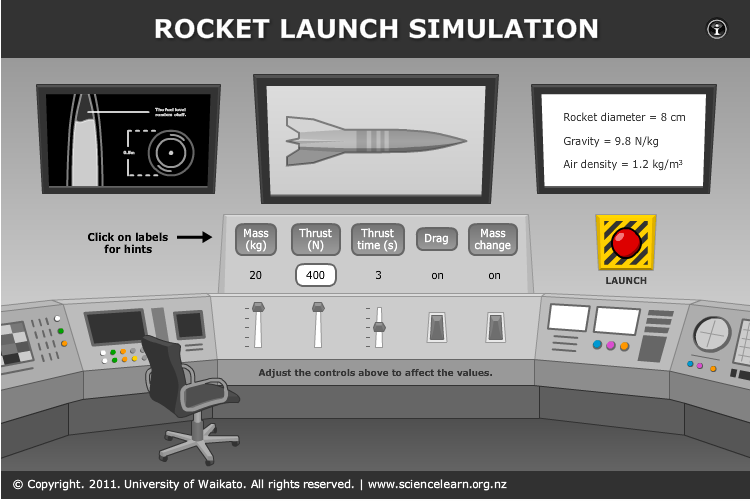
Moving into Term 2 "Unexpected" Context
According to the Google dictionary, a superhero is "a benevolent fictional character with superhuman powers, such as Superman".
We want to find out what the different powers are, the benefits and explore how they "could" occur.
In your group, select ONE superhero / comic movie. Please make sure it is age appropriate so I don't get parent phone calls about your choice. Watch the selected movie individually.
1) Identify the characters in the movie that exhibit superhuman powers (note: you may have more than one character so you need to identify them all!)
2) Describe the characters' superhuman powers
3) Give reason to why /how the characters got these superhuman powers
4) Research to see if there are any similar human genetic disorders. Several helpful links are listed below.
5) Put all the information into a Google Slideshow.
6) Next week we'll have Google Hangout for the groups to present their work in Google Slides (Wednesday). Everyone in the class should be aiming to be in attendance of this Google Hangout session.
Groups:
1) Nazanin, Gurleen, Alexia
2) Martin, Paul, Nikhil
3) Pranaal, Veeral, Brenan, Allan
4) Joaquin, Daiton, Akash
5) Clarissa, Kiana, Kashvi
6) Nelly, Sharon, Yvanna, Diya, Irene
7) Cong Cong, Kacey, Javed
8) Mohit, Ricky, Daniel, Aiden
FOCUS / ARONGA learning intentions:
- We are FOCUSING...transforming our lab reports from a basic report to an NCEA lab report
- We are FOCUSING...on describing and discussing collected scientific data
-
Please post which combination helped get you launch the highest rocket. You can also take a screenshot to upload instead.
Write one-two sentences about how changing the settings demonstrates Netwon's Laws of motion.
-
An article that discusses superhero powers.
-
Another helpful article.
-
Based on Monday's Google Hangout, we needed to carry over our work to complete the Superhero Task. Please be prepared for the Google Hangout on Wednesday.
Moving into Term 2 "Unexpected" Context
According to the Google dictionary, a superhero is "a benevolent fictional character with superhuman powers, such as Superman".
We want to find out what the different powers are, the benefits and explore how they "could" occur.
In your group, select ONE superhero / comic movie. Please make sure it is age appropriate so I don't get parent phone calls about your choice. Watch the selected movie individually.
1) Identify the characters in the movie that exhibit superhuman powers (note: you may have more than one character so you need to identify them all!)
2) Describe the characters' superhuman powers
3) Give reason to why /how the characters got these superhuman powers
4) Research to see if there are any similar human genetic disorders. Several helpful links are listed below.
5) Put all the information into a Google Slideshow.
The video below shows the probability of an individual having a "superhero" power due to genetics.
EXPLORE / TŪHURA learning intentions:
- We are EXPLORING...human development by conceptualising the process of reproduction in the form of a story
- We are EXPLORING...how the menstrual cycle, pregnancy and cell division are connected to genetic variation
-
Learning Outcome
We will explore the reproductive system to learn how "unexpected" things can happen like pregnancy and mutations.
Success Criteria
1) Identify the parts and functions of the male and female reproductive organs
2) Explain the role of hormones in puberty and egg/sperm production
Activities
To understand how mutations form, we need to go back to the beginning: reproductive systems. We are going to witness a love story and you will be a part of the journey to when your own superhero is born.Ova and Sperm are our star characters.I have started a Google Slideshow for our story. Your job is to describe different settings in the story. You are assigned a setting (part of the reproductive system) and partner to work with. Please include the following information for your setting IN ONE SLIDE:- function- description- pictureNow don't be cheeky and copy the information from online. That's plagiarism and a no-no in the publishing world.The love story will continue on Thursday when our two characters meet and fall in love. How appropriate that it will be in a Google Meet (check your e-mail). PartnersFemalesOva - DiyaOvary - Nazanin, ClarissaFallopian Tube - Gurleen, KashviUterus - Nelly, AlexiaCervix - Sharon, KianaVagina - Irene, YvannaMalesSperm - Aiden, DaitonTesticles - Martin, PranaalScrotum - Nikhil, PaulVas Deferens - Veeral, Daniel, AllanSeminal Vesicles - Akash, Cong CongProstate Gland - Joaquin, Ricky, KaceyUrethra - Javed, Brenan
PartnersFemalesOva - DiyaOvary - Nazanin, ClarissaFallopian Tube - Gurleen, KashviUterus - Nelly, AlexiaCervix - Sharon, KianaVagina - Irene, YvannaMalesSperm - Aiden, DaitonTesticles - Martin, PranaalScrotum - Nikhil, PaulVas Deferens - Veeral, Daniel, AllanSeminal Vesicles - Akash, Cong CongProstate Gland - Joaquin, Ricky, KaceyUrethra - Javed, BrenanEXPLORE / TŪHURA learning intentions:
- We are EXPLORING...human development by conceptualising the process of reproduction in the form of a story
- We are EXPLORING...how the menstrual cycle, pregnancy and cell division are connected to genetic variation
-
Learning Outcome
We will explore the reproductive system to learn how "unexpected" things can happen like pregnancy and mutations.
Success Criteria
1) Identify and describe the function of the male and female reproductive organs
2) Compare a pomegranate to an ovary (modeling in science)
3) Describe the steps involved in menstruation
Activities
Our love story has begun! We were introduced to Ova and Sperm and discussed their local neighbourhoods (male and female reproductive parts). Next on their love story is how hormones and the menstrual cycle play important roles in their lives.1) Parts of the reproductive system - going through our story (Google Slides) and a dominoes activity2) Scientific models - compare a pomegranate to an ovary3) Menstruation - what steps are involved and what does this mean (refer to BrainPop Video and menstrual cycle activity)
We were introduced to Ova and Sperm and discussed their local neighbourhoods (male and female reproductive parts). Next on their love story is how hormones and the menstrual cycle play important roles in their lives.1) Parts of the reproductive system - going through our story (Google Slides) and a dominoes activity2) Scientific models - compare a pomegranate to an ovary3) Menstruation - what steps are involved and what does this mean (refer to BrainPop Video and menstrual cycle activity)
EXPLORE / TŪHURA learning intentions:
- We are EXPLORING...human development by conceptualising the process of reproduction in the form of a story
- We are EXPLORING...how the menstrual cycle, pregnancy and cell division are connected to genetic variation
-
Success Criteria:
1) Collect data to explain the difference in absorbency of different types of tampons (lite, regular and heavy)
2) Identify and briefly describe the role of hormones in sexual reproduction and menstruation
3) Extracted DNA out of fruit and explain its role in reproduction
Activities:
1) Practical: Investigate absorbency of different tampons
2) Practical: Extract DNA from kiwifruit
3) In class activities for Tuesday: menstrual cycle (additional information) and hormones ... refer to the Reproductive System Slideshow, if needed. Both are posted below the images:
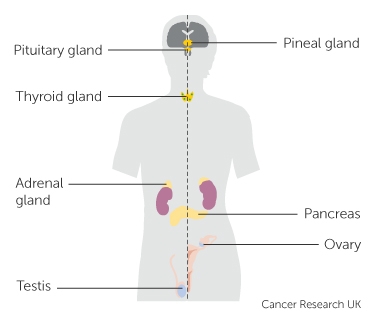

FOCUS / ARONGA learning intentions:
- We are FOCUSING...on comparing and selecting fertility choices based on different situations (eg. same sex relationship, inability to get pregnant, etc.)
- We are FOCUSING...evaluating and choosing the best fertility option for your "couple" and explaining your decision
-
**No class on Monday due to the Queen's Birthday.
** No class on Tuesday due to the Mates & Dates session.
** Thursday you will be introduced to the assessment.
FOCUS / ARONGA learning intentions:
- We are FOCUSING...on comparing and selecting fertility choices based on different situations (eg. same sex relationship, inability to get pregnant, etc.)
- We are FOCUSING...evaluating and choosing the best fertility option for your "couple" and explaining your decision
-
Students are working on their assessment this week.
FOCUS / ARONGA learning intentions:
- We are FOCUSING...on comparing and selecting fertility choices based on different situations (eg. same sex relationship, inability to get pregnant, etc.)
- We are FOCUSING...evaluating and choosing the best fertility option for your "couple" and explaining your decision
-
The story continues...
Success criteria:
1) Recap the parts of a cell and explain the importance of the cell theory
2) Describe the structure of DNA
3) Identify the scientists involved in the discovery of DNA
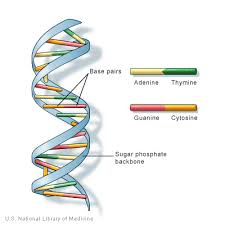
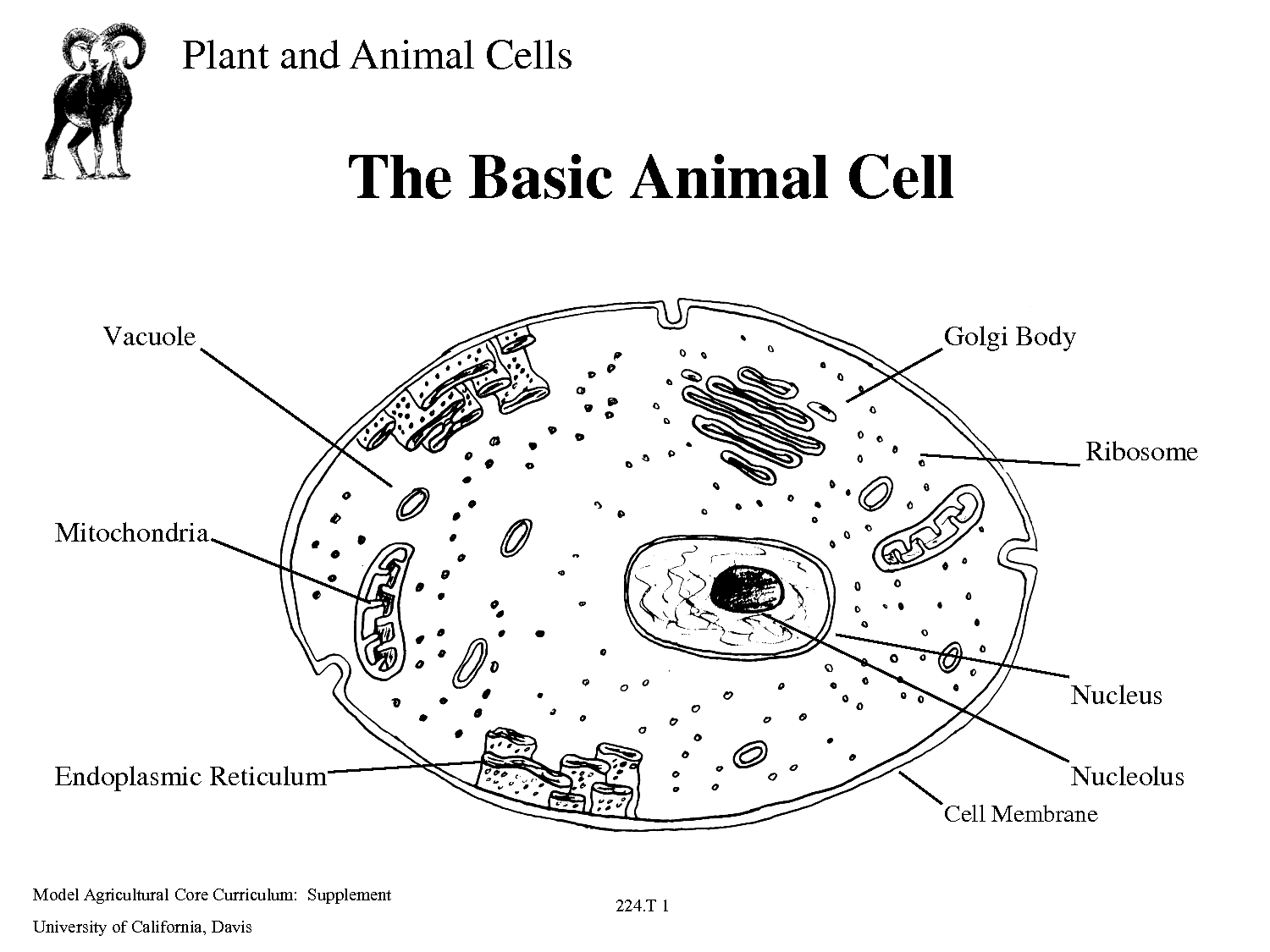
Activities:
Self selected activities -- work through the Genetics tic tac toe (refer to Google Classroom) -- include evidence in the allocated box
PLAN & DO / WHAKAMAHI learning intentions:
- We are PLANNING... to apply our understanding of genetics (eg. variation) so that we can hypothesise about what the traits of our offspring superhero babies will be
-
Students will research and compare different fertility options.
-
The story continues...
Success criteria:
1) Compare and contrast mitosis and meiosis (explicit detail is not required)
2) Define and describe the importance of genetic variation
3) Use a Punnett square to calculate the phenotype and genotype of offspring
Key words you should be comfortable using by the end of the week: allele, homozygous, heterozygous, dominant, recessive, phenotype, genotype, and Punnett square
Activities:
There will be a quiz on cells / DNA at the start of the week.
Continue with self selected activities relevant to the success criteria -- work through the Genetics tic tac toe (refer to Google Classroom) -- include evidence in the allocated box
PLAN & DO / WHAKAMAHI learning intentions:
- We are PLANNING... to apply our understanding of genetics (eg. variation) so that we can hypothesise about what the traits of our offspring superhero babies will be
-
HOLIDAYS
-
HOLIDAYS
-
Learning Goals:
1) Understand and describe the structure of DNA is and how it makes us unique.
Activities:
1) DNA Origami -- make DNA to explain its structure
2) DNA literacy activity on Google Classroom -- upload by the end of the lesson
PLAN & DO / WHAKAMAHI learning intentions:
- We are PLANNING... to apply our understanding of genetics (eg. variation) so that we can hypothesise about what the traits of our offspring superhero babies will be
-
Learning Outcomes:
Describe what happens at a cellular level when a sperm and egg come together.
Activities:
1) Mitosis vs. Meoisis Stop Motion Animation -- Compare the two processes, acknowledge whether body cells (eg. skin, hair, liver) or sex cells (sperm and egg) are involved in the process, explain why mitosis creates identical copies and meoisis creates genetically different cells
2) Punnett Squares -- Determine the offspring of babies using Punnett squares. We will look at dogs and then you can apply your understanding to your assessment.
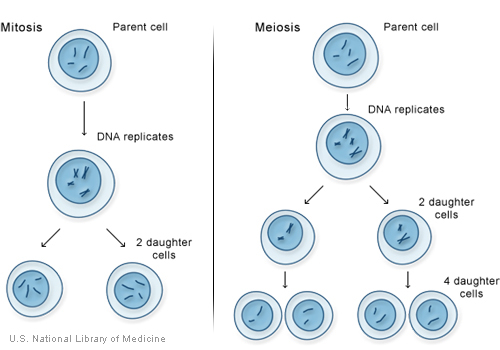
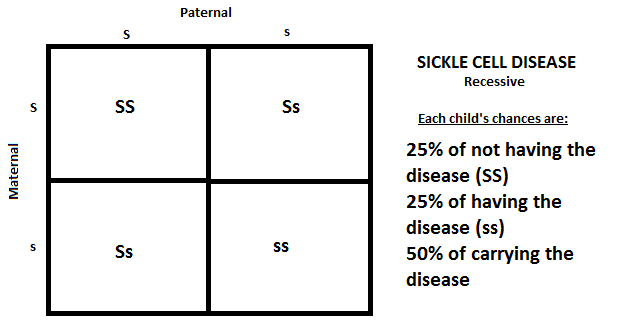
PLAN & DO / WHAKAMAHI learning intentions:
- We are PLANNING... to apply our understanding of genetics (eg. variation) so that we can hypothesise about what the traits of our offspring superhero babies will be
-
This document gives an overview of the two cell division processes. Use these to help you create your comparison poster and with your assessment.
-
Success Criteria
Can determine the likely probability of a baby's appearance using Punnett squares
Learning Goals
1. Calculate the probability of a baby's traits (and appearance) using a Punnett square
2. Identify and compare dominant and recessive traits to describe the appearance of a baby
Activities
1. Quick recap of mitosis and meiosis - class notes and play the Genigame
2. Punnett squares - dog activity
3. Assessment work
PLAN & DO / WHAKAMAHI learning intentions:
- We are PLANNING... to apply our understanding of genetics (eg. variation) so that we can hypothesise about what the traits of our offspring superhero babies will be
-
Students will apply their understanding of genetics to explain the possible offspring of their superhero babies.
-
These resources will help you.
-
WE ARE STARTING CHEMISTRY
Success Criteria:
1) Demonstrate an understanding that there were many versions of the periodic table prior to the existing table.
2) Compare and contrast element, molecules and compounds.
3) Draw a basic atomic model.
4) Calculate protons, neutrons and electrons for different elements.
Activities:
1) Periodic Table literacy activity: Reading and sharing knowledge of four different versions of the table
2) Elements and the periodic table: Read the PDF called "Elements and the Periodic Table" located in the folder below and complete the activities (Finding Elements, write a poem, atomic structure jumble)
-
This article highlights how the periodic table was formed.
-
All the resources you need are in here.
-
-
Success Criteria:
1) Draw a basic atomic model, including protons, neutrons and electrons
2) Calculate protons, neutrons and electrons for different elements.
3) Identify the first twenty elements AND the special metals (gold, silver, copper, lead, mercury, zinc, titanium, platinum) by their atomic symbol
4) Explain how compounds and molecules form based on their atomic structure
Key terms: protons, neutrons, electrons, nucleus (in terms of atoms), element, compound
Activities:
1) Elements:
- Complete the Atoms Family worksheet activity.
- Practice calculating protons, neutrons and electrons. Draw Hydrogen, Sodium, Helium, Chlorine, Oxygen, Fluorine). What pattern do you notice about the drawings and their placement in the periodic table?
- Select one element, calculate it's protons, neutrons and electrons. Make it model of it using household materials.
-
You can use this website to make different compounds and view them in 3D version.
-
-
Success Criteria:
1) Explain how compounds and molecules form based on their atomic structure and placement in the periodic table
2) Compare ionic and covalent bonds
3) Write chemical formula based on the compounds formed- Ionic bonds: **Metal and non-metal** Electrons are donated or accepted // Elements form cation and anions // Their charges attract and bond the elements together
- Covalent bond: **Two non-metals** Electrons are shared between elements
Activities
1) Google Meet on Monday morning to go over types of bonds in compounds
2) Ed Perfect tasks assigned on ionic compounds and naming (41 minutes)
3) There are several activities for you to work on (complete in this order so you understand the naming):
4) Use the MolView website to make some of the compounds from the above activities- Fantastic New Compounds
- Naming Chemical Compounds
- Naming Compounds
EXPLORE / TŪHURA learning intentions:
- We are EXPLORING...chemical reactions by investigating acids and bases
- We are EXPLORING...distance by collecting and analysing scientific data
- We are EXPLORING...
-
These will help you.
-
Success Criteria
1) Investigate and identify the signs of chemical reactions, using descriptive observations
- Produce a gas
- Colour change
- Temperature change
- Formation of a precipitate (solid)
- Smell is produced
2) Explore what causes an increase/decrease to the rate of a chemical reaction
Activities
1) Rates of reactions: Watch the video, take the quiz and start to look up investigations to explore them2) Lab activity: Carry out practical activities to identify signs of a chemical reaction. Write down your observations.
EXPLORE / TŪHURA learning intentions:
- We are EXPLORING...chemical reactions by investigating acids and bases
- We are EXPLORING...distance by collecting and analysing scientific data
- We are EXPLORING...
-
Success Criteria
1. Explore rates of reactions by conducting an investigation, with direction
2. Collect accurate scientific data
Activities
1. Practice lab skills - measuring using a scale, measuring cylinder and beaker
2. Investigate rates of reactions (pick one from below), carry out the experiment, graph the results, write up a conclusion, and prepare ONE slide to show your findings:
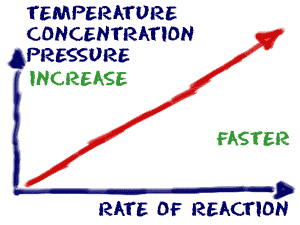
EXPLORE / TŪHURA learning intentions:
- We are EXPLORING...chemical reactions by investigating acids and bases
- We are EXPLORING...distance by collecting and analysing scientific data
- We are EXPLORING...
FOCUS / ARONGA learning intentions:
- We are FOCUSING...on explaining how the rate of chemical reactions (like lactic acid build-up) can be changed
-
Success Criteria
1. Investigate and explain how rates of reactions can be influenced
2. Explain what the conservation of mass is, referring to products and reactants in your explanation.
Activities
1. Practical activity: Complete the practical on rates of reaction in class. Complete the template shared on MHO.
2. Science communication: Prepare a short presentation with your group to share your findings with classmates.
3. Practical activity: Investigate what the conservation of mass is.
FOCUS / ARONGA learning intentions:
- We are FOCUSING...on explaining how the rate of chemical reactions (like lactic acid build-up) can be changed
-
Learning Outcomes
Explore different careers linked to science
Activities
1) Research careers of interest using Careers.govt.nz website
2) Pitch your ideas to the class
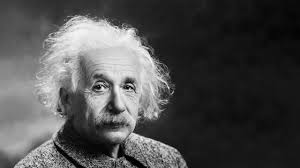
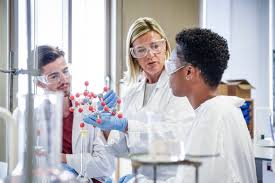
EXPLORE / TŪHURA learning intentions:
- We are EXPLORING...careers in science through online researching
- We are EXPLORING...careers in science by carrying out similar experiments in different fields of science (eg. food technology, forensics, material design)
-
Learning Outcome
Explore careers related to science
Activities
1) Food Science careers -- locate a recipe that links to food science // research the science involved in the recipe
2) Cooking of the food in the Food Tech room (please share your ingredient list with me by the end of Monday's session)
3) Sharing the knowledge of the science behind the recipe with the class.
EXPLORE / TŪHURA learning intentions:
- We are EXPLORING...careers in science through online researching
- We are EXPLORING...careers in science by carrying out similar experiments in different fields of science (eg. food technology, forensics, material design)
-
Monday - Public Holiday
Tuesday - Teacher Only Day
Thursday - In class practical activity (refer to Google Classroom)
EXPLORE / TŪHURA learning intentions:
- We are EXPLORING...careers in science through online researching
- We are EXPLORING...careers in science by carrying out similar experiments in different fields of science (eg. food technology, forensics, material design)
-
CAT Practice and CAT Week
- Refer to Google Classroom for the CAT. practice activities
- We will be taking them up in class.
Preparation for Life Surf Saving
Learning Outcomes: Use models to explain the design of life jackets. We will link this to the importance of wearing life jackets for individuals in water sports.
- Make a life jacket for a can of spaghetti
- Refer to Google Classroom for the instructions and the materials each group can use
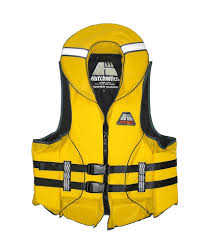
EXPLORE / TŪHURA learning intentions:
- We are EXPLORING...careers in science through online researching
- We are EXPLORING...careers in science by carrying out similar experiments in different fields of science (eg. food technology, forensics, material design)
-
Monday - Life Surf Saving Course off-site
Tuesday - Recap our life jacket designs
Thursday - Teacher Only Day - no school.
EXPLORE / TŪHURA learning intentions:
- We are EXPLORING...careers in science through online researching
- We are EXPLORING...careers in science by carrying out similar experiments in different fields of science (eg. food technology, forensics, material design)
-
Work Experience Week

